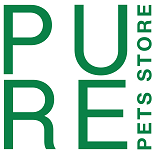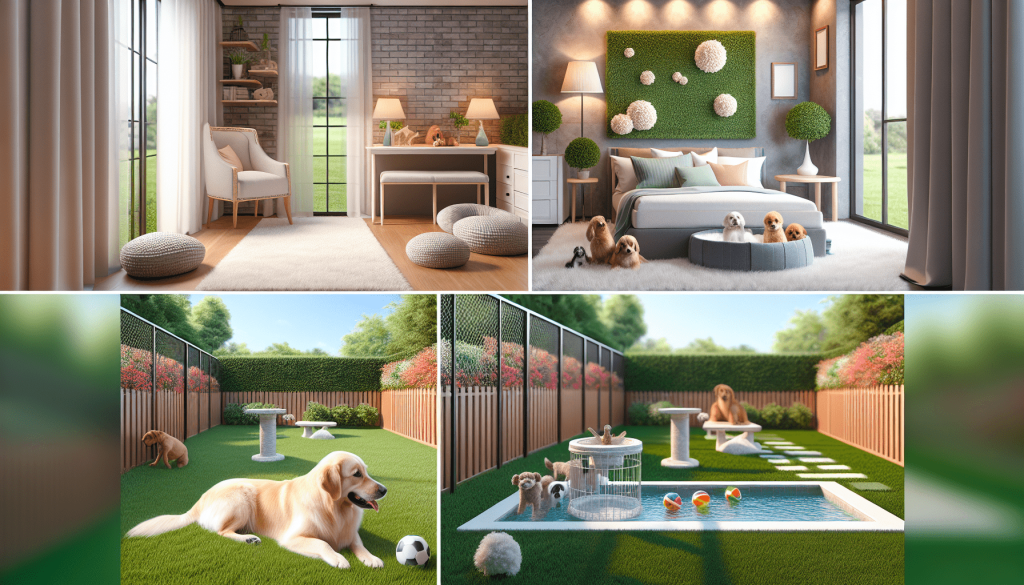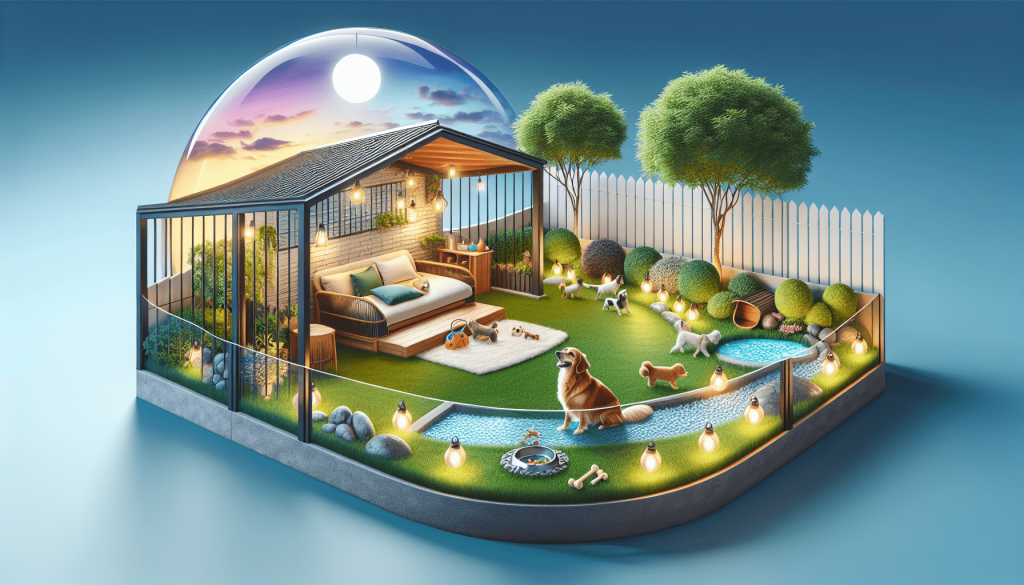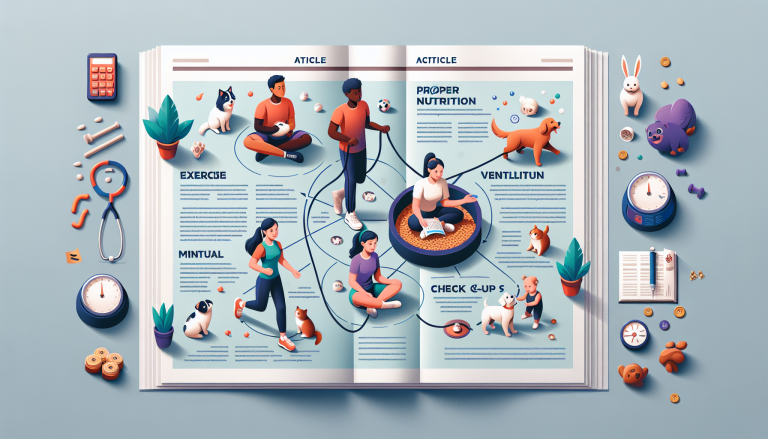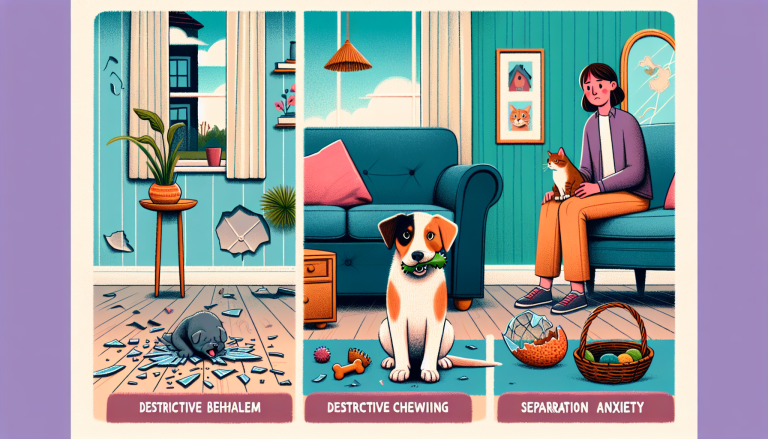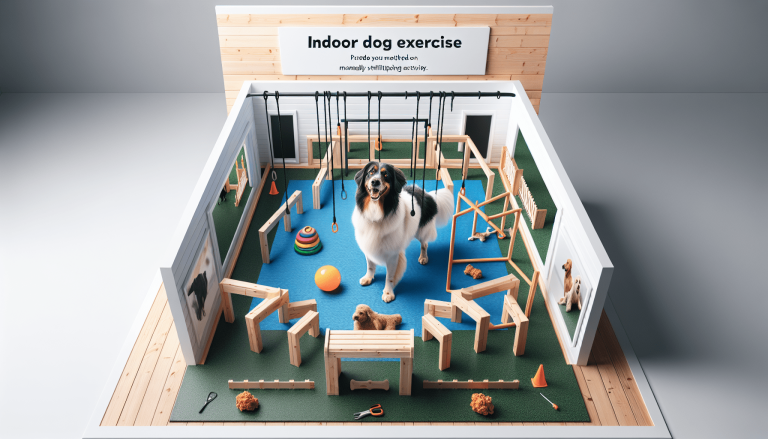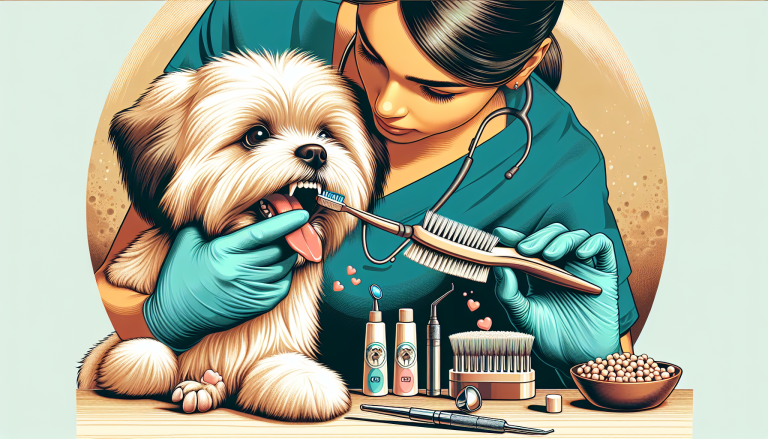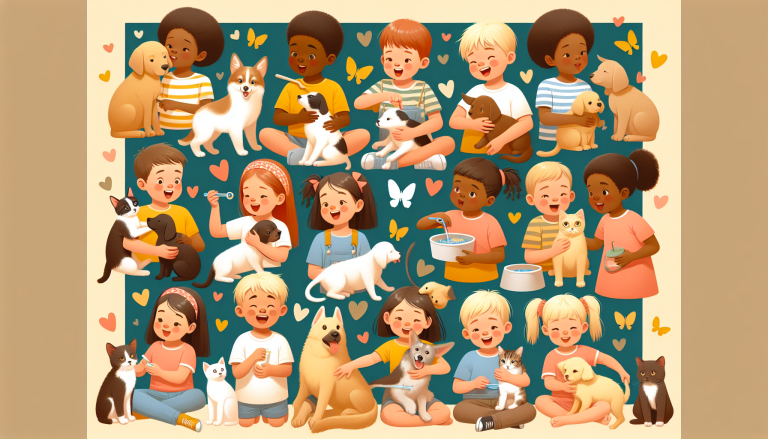Setting up a safe and comfortable space for your dog is essential to ensure their well-being and happiness. By providing them with a dedicated area that meets their needs, you can create an environment where they feel secure and content. From choosing the right location to selecting the appropriate bedding and toys, this article will guide you on how to create a sanctuary for your furry friend. So let’s get started and make sure your dog has a cozy haven they can call their own!
Table of Contents
ToggleChoosing the Right Location
Consider the dog’s needs
When choosing a location for your dog’s space, it’s important to consider their needs. Think about factors such as their breed, age, and size. Some dogs may prefer a quiet area away from high foot traffic, while others may enjoy being in the middle of the action. Consider how much space they need to move around comfortably and whether they would benefit from a specific area for indoor or outdoor access.
Evaluate the available space
Take a look at the available space you have in your home or yard. Is it sufficient for your dog’s needs? If you have a small apartment, you may need to get creative with space-saving solutions. On the other hand, if you have a large backyard, make sure to define boundaries for your dog’s safe area. Assess whether the area is properly fenced or if you need to make any modifications to ensure your dog’s safety.
Take into account the dog’s habits and preferences
Every dog is unique, with their own habits and preferences. Some dogs enjoy a space with a view, while others prefer a cozy corner. Pay attention to your dog’s behavior and observe where they tend to gravitate in your home. This can give you valuable insight into their preferences and help you choose a location that they will feel comfortable and at ease in.
Providing Adequate Shelter
Select a suitable dog house
If your dog will have outdoor access, it’s essential to provide them with a suitable dog house. Choose a dog house that is the right size for your pup, allowing them to comfortably stand up, turn around, and lie down. Ensure that the materials used are weather-resistant and durable. Additionally, the entrance should be wide enough for your dog to enter and exit easily.
Ensure proper insulation
To create a safe and comfortable environment for your dog, it’s important to ensure proper insulation in their shelter. This will help regulate the temperature inside the dog house, providing warmth during colder months and helping to keep it cool during hotter months. Insulation can be achieved with materials such as foam, straw, or blankets. Regularly check the insulation to ensure it remains intact and effective.
Add bedding for comfort
To provide your dog with a cozy and comfortable space, add bedding inside their shelter. Use materials such as blankets, towels, or dog beds to create a soft and inviting area for your furry friend. This will not only enhance their comfort but also provide them with insulation and cushioning against the hard surface of the dog house. Remember to regularly clean and replace the bedding to maintain cleanliness and hygiene.
Ensuring Safety and Security
Install fencing or barriers
To create a safe space for your dog, it’s important to install suitable fencing or barriers. This will prevent them from wandering off and protect them from potential dangers such as traffic or aggressive animals. Choose a fence height and material that is appropriate for your dog’s size and breed. Regularly inspect the fencing to ensure it remains secure and free from any gaps or damages.
Use pet gates or playpens
Inside your home, you can use pet gates or playpens to establish boundaries and keep your dog in a safe area. This is particularly useful when you need to confine them to a specific space, such as during meal times or when you have guests over. Pet gates and playpens also allow you to gradually introduce your dog to different areas of your home, helping them acclimate at their own pace.
Remove hazardous objects and chemicals
Take the time to thoroughly inspect the area where your dog will spend their time and remove any hazardous objects or chemicals. Dogs are naturally curious and may try to explore their surroundings, so it’s important to ensure their environment is free from potential dangers. Keep household cleaners, medications, electrical cords, and toxic plants out of reach to prevent accidental ingestion or injury.
Creating a Relaxing Atmosphere
Use calming colors and lighting
The colors and lighting in your dog’s space can have a significant impact on their overall mood and well-being. Opt for calming colors such as blues and greens, as these hues are known to promote relaxation. Use natural light whenever possible, as it can help regulate your dog’s biological clock and positively affect their behavior. Avoid harsh, bright lights or excessively dark spaces that may cause discomfort or anxiety.
Play soothing music or white noise
Just like humans, dogs can benefit from soothing sounds to create a relaxing atmosphere. Play soft music or use white noise machines to mask external noises that may cause stress or agitation. Classical music or gentle instrumental melodies have been found to have a calming effect on dogs. Experiment with different types of music to find what your dog responds to best.
Provide a cozy bed or mat
To promote relaxation and comfort, provide your dog with a cozy bed or mat in their designated space. Ensure that the bed or mat is the appropriate size for your dog, allowing them to stretch out and curl up as desired. Opt for materials that are soft and easy to clean. Adding a familiar item, such as a piece of clothing with your scent, can provide additional comfort and help your dog feel secure.
Promoting Exercise and Entertainment
Allocate space for play and exercise
Dogs need regular physical exercise to maintain their physical and mental well-being. Allocate a specific area in your home or yard where your dog can engage in play and exercise. This can be as simple as a cleared space in your living room for indoor play or a fenced-in yard for outdoor activities. Ensure that the space is free from hazards and obstacles that may pose a risk to your dog’s safety.
Keep a selection of toys and puzzles
To keep your dog entertained and mentally stimulated, provide them with a selection of toys and puzzles. Dogs enjoy a variety of toys, including chew toys, interactive toys, and puzzle feeders. These toys can help prevent boredom, reduce anxiety, and satisfy their natural instincts. Rotate the toys regularly to maintain novelty and keep your dog engaged.
Rotate toys to prevent boredom
Over time, dogs can become bored with their toys if they are constantly available. To keep your dog interested and engaged, rotate their toys regularly. This means putting some toys away for a period of time and introducing new toys in their place. By rotating their toys, you can keep your dog’s curiosity piqued and prevent them from losing interest in their playthings.
Maintaining Optimal Temperature
Regulate the temperature with heating or cooling devices
Depending on the climate you live in, it’s important to regulate the temperature in your dog’s space. During colder months, provide your dog with sufficient warmth by using heating devices such as heated beds or heat lamps. Make sure these devices are safe, and always monitor your dog to prevent overheating. In hot weather, ensure that your dog has access to shade and provide them with cooling options such as fans or cool mats.
Monitor humidity levels
Humidity levels can also impact your dog’s comfort and health. High humidity can make it difficult for dogs to cool down through panting, potentially leading to heatstroke. On the other hand, low humidity can cause dry skin and respiratory issues. Use a hygrometer to monitor humidity levels in your dog’s space and make necessary adjustments, such as using humidifiers or dehumidifiers, to maintain optimal humidity levels.
Provide water and shade in hot weather
In hot weather, it’s crucial to provide your dog with ample access to fresh water and shade. Ensure that your dog’s water bowl is frequently refilled with cool, clean water. Place the water bowl in a shaded area to prevent it from heating up in the sun. Providing shade, such as using umbrellas or creating a covered area in your yard, will help your dog stay cool and prevent overheating.
Managing Noise and Disturbances
Take steps to reduce external noise
Loud noises from outside can be overwhelming and distressing for dogs. Take steps to reduce external noise in your dog’s space by using soundproofing methods. Seal any gaps or cracks, use heavy curtains or blinds to block out noise, or consider applying soundproofing materials to the walls or windows. Minimizing external noise will create a peaceful environment for your dog and help them relax.
Provide a safe retreat from loud noises
Despite your efforts to reduce external noise, there may be times when loud noises are unavoidable. In such cases, it’s important to provide your dog with a safe retreat where they can seek comfort. Create a designated area, such as a crate or a specific room, where your dog can retreat when they feel scared or overwhelmed. Make this space comfortable and familiar, and avoid forcing your dog to stay in this area if they show signs of distress.
Use white noise machines or calming music
To help mask external noises and create a soothing environment, consider using white noise machines or playing calming music. White noise helps drown out sudden sounds that may startle your dog, while calming music can have a relaxing effect on their nervous system. Experiment with different types of white noise or music to find what works best for your dog’s individual preferences.
Maintaining Cleanliness and Hygiene
Create a designated toilet area
To maintain cleanliness in your dog’s space, it’s important to create a designated toilet area. This can be an outdoor area in your yard or an indoor area lined with absorbent pads or artificial grass. Train your dog to use this specific area and consistently reinforce this behavior. Regularly clean and disinfect the designated toilet area to prevent odors and the spread of bacteria.
Regularly clean and disinfect the space
To ensure a clean and hygienic environment for your dog, it’s essential to regularly clean their space. Remove any waste, such as urine or feces, promptly and disinfect the area with pet-friendly cleaning products. Vacuum or sweep the floors to remove loose hair and dirt. Wash bedding, toys, and any other items regularly to prevent the buildup of allergens or bacteria.
Address any pest or flea infestations
Pests and fleas can pose a threat to your dog’s health and comfort. Regularly inspect your dog’s space for signs of infestation, such as droppings, bites, or excessive scratching. If you suspect an infestation, take immediate action to address the issue. Consult with a veterinarian to determine the safest and most effective methods of pest or flea control. Regularly use preventive measures, such as flea and tick treatments, to avoid infestations.
Establishing a Routine
Set consistent feeding and walking schedules
Dogs thrive on routine, and establishing a consistent schedule for feeding and walking can provide them with a sense of security and predictability. Set specific times for meals and stick to them as closely as possible. This helps regulate your dog’s digestion and prevents unnecessary hunger or overeating. Establish a walking routine that ensures your dog gets regular exercise and mental stimulation.
Designate time for rest and relaxation
While exercise and play are important, it’s equally important to designate time for rest and relaxation. Just like humans, dogs need sufficient rest to recharge and recover. Provide a comfortable area where your dog can relax, and establish quiet periods throughout the day. This will help them unwind and maintain a healthy balance between activity and rest.
Provide mental stimulation through training or games
Dogs need more than physical exercise; they also require mental stimulation to keep their minds sharp and engaged. Incorporate training sessions and interactive games into your dog’s routine. This can include activities such as puzzle toys, scent games, or basic obedience training. Mental stimulation not only provides your dog with a challenge but also helps prevent boredom and destructive behavior.
Monitoring and Responding to Your Dog’s Needs
Observe and address any signs of discomfort or stress
As a responsible dog owner, it’s important to monitor your dog’s behavior and respond to any signs of discomfort or stress. Pay attention to changes in their eating habits, sleep patterns, or overall demeanor. If you notice any signs of discomfort or stress, take the time to investigate the cause and address it accordingly. This may involve adjusting their space, seeking veterinary advice, or providing additional support and reassurance.
Adjust the space according to the dog’s changing needs
Your dog’s needs may change over time, depending on factors such as age, health, or behavior. Regularly assess their space and make any necessary adjustments to accommodate their changing needs. This could include modifying the layout of their space, adding or removing items, or providing additional features to enhance their comfort and well-being.
Consult a veterinarian if necessary
If you have any concerns or questions regarding your dog’s space and well-being, don’t hesitate to consult with a veterinarian. They can provide valuable advice and guidance tailored to your dog’s individual needs. A veterinarian can assess any potential health issues, offer behavioral suggestions, and recommend specific products or modifications for your dog’s space. Regular veterinary check-ups are also important to ensure your dog’s overall health and well-being.
Creating a safe and comfortable space for your dog is a labor of love. By considering their needs, providing suitable shelter, ensuring safety and security, promoting a relaxing atmosphere, offering exercise and entertainment opportunities, maintaining optimal temperature and cleanliness, establishing a routine, and monitoring their needs, you can create an environment that allows your dog to thrive and be truly happy. Remember, your dog’s space should be a reflection of your love and care for them, so take the time to create a space that they will truly enjoy and appreciate.
